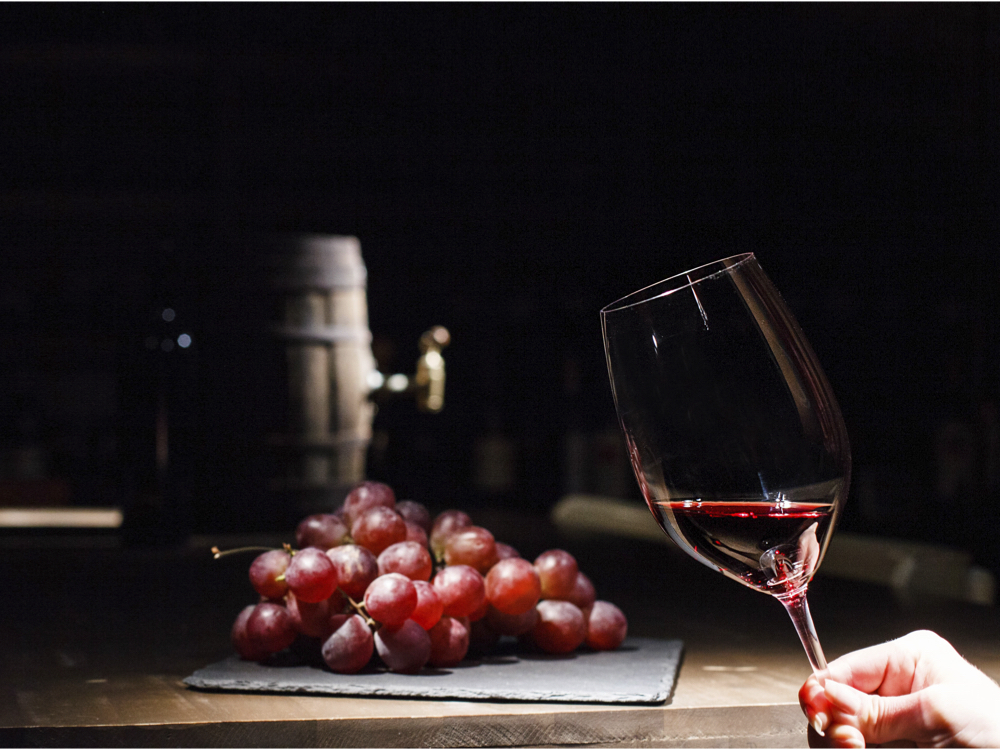What's in our glass of wine
The reasons why we prefer one bottle of wine to another are different and very peculiar. Some like full-bodied and alcoholic wines, usually from the South; to others the finer and more silky ones. There are those who prefer a meal wine, accommodating and never bulky, and those who delight in the typical bubbles of an aperitif. Summer is the favorite season of rosés, bubbles and fresh whites that accompany meals, evening aperitifs and moments of relaxation alone or in company. Winter, on the other hand, is the season of choice for reds that warm up and enliven the tables of Italians. Whatever your choice, have you ever wondered what is inside your glass of wine? Unless a bread crumb has fallen into it, the fragrant liquid is the mirror of three components:
Territoriality
The combination of the typical climate of a place, its subsoil and the agricultural and wine-growing practices that have imposed themselves over the years, characterizing the production of wine in a precise geographical context, well, all these factors are explained by the French term terroir, which we could humbly translate as territoriality. A splendid example is Derthona, of which we have Vigneti Boveri Giacomo in the catalog. Derthona is a sub-area of Tortona, in Piedmont, where a native vine called Timorasso has recently been rediscovered, capable of generating long-lived, classy wines with undoubted goodness. Seeing is believing!
Grapes
The type of grape that has adapted over the years to the climate and subsoil of a specific geographical location brings with it a series of characteristics that reveal the character of a wine: the unique color, the intoxicating aromas and the level of acidity. For example, an adequately expert taster will be able to recognize the difference between a Negramaro and a Primitivo, a Chardonnay from a Sauvignon Blanc by the nose, if not the eyes. He will also be able to recognize the difference between the same grape grown in different territories, for example a Primitivo from the plain from one from the hills, a Chardonnay del Mâconnais, usually full-bodied, buttery and vanilla, from a Chablis that has its points of minerality and acidity. of strength.
The production philosophy
There are producers (and producers, more and more, luckily!, Like our Monica e Daniela Tibaldi, in the Oh My Foody catalog) who try to preserve techniques and traditions that have been handed down for years, such as regulating the relationship between the action of man and that of the surrounding environment, leaving nature to dictate the rhythms and man to accompany the process of transformation from grape to fragrant liquid. These are wines that fully represent the terroir, the genius of a particular place, and that make sincerity and frankness their distinctive feature. Other production philosophies foresee a very present human intervention, both in the vineyard in the use of substances that facilitate very generous yields, and at the cellar level where the fermentation temperatures are controlled, and clarification, filtration and addition interventions are carried out. of sulphites before bottling, which require certain oenological skills and adequate tools.





